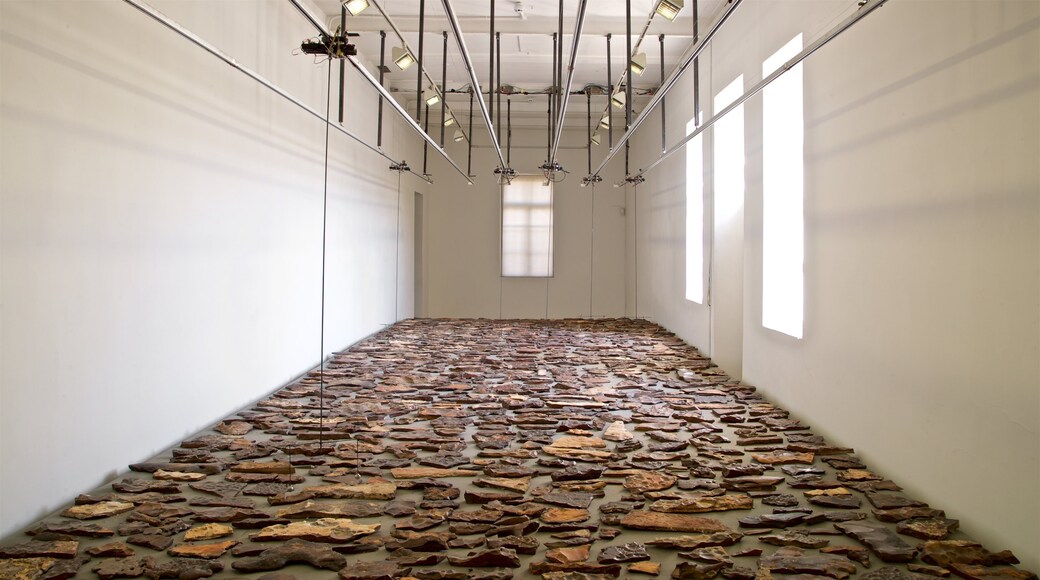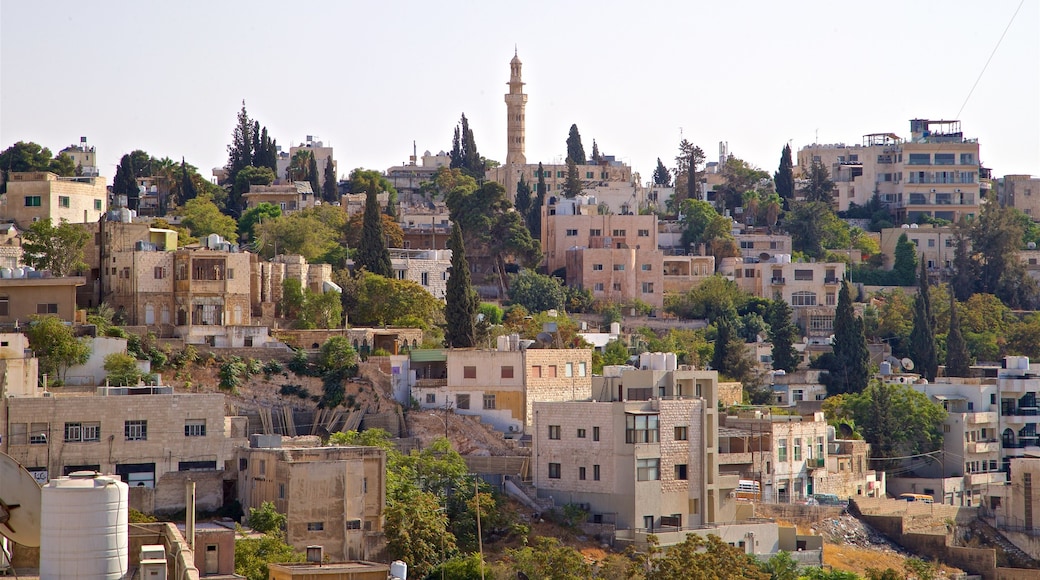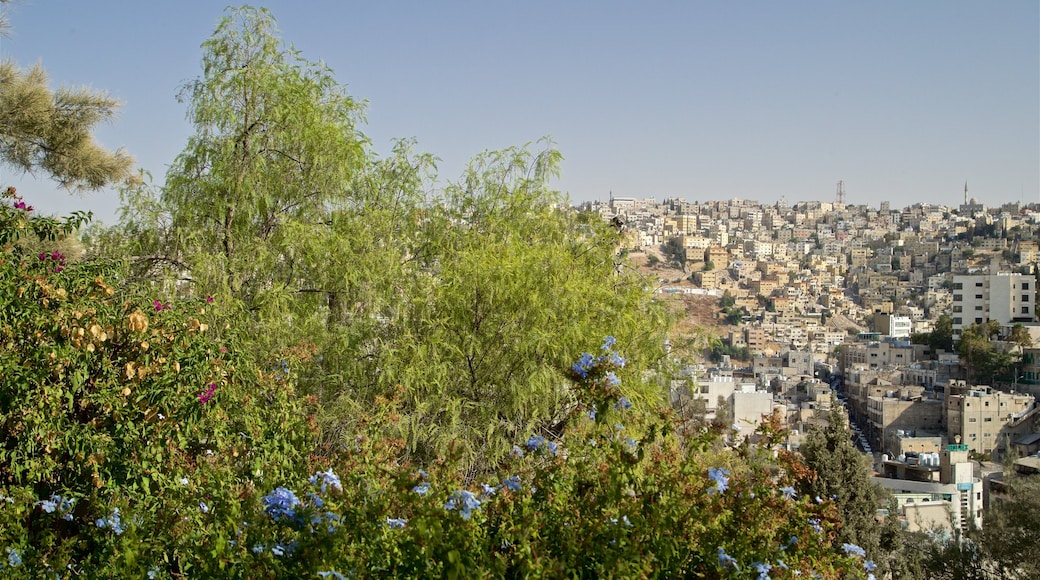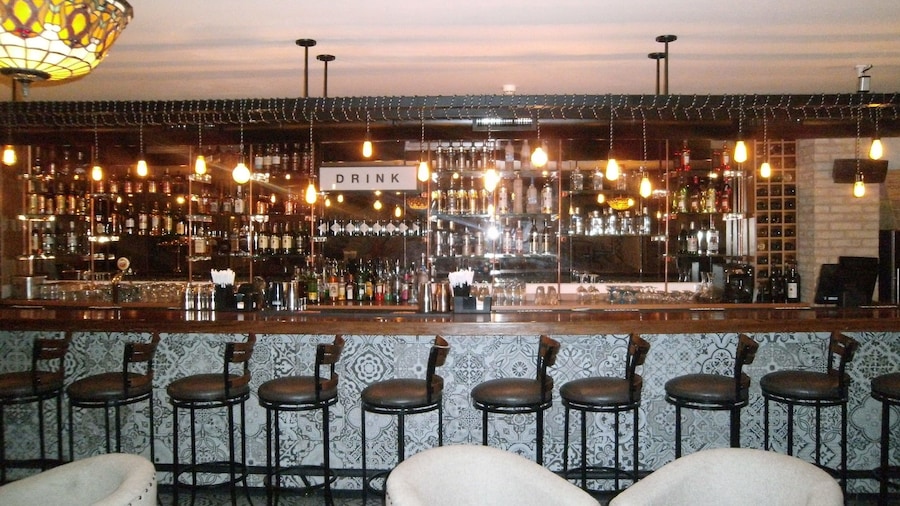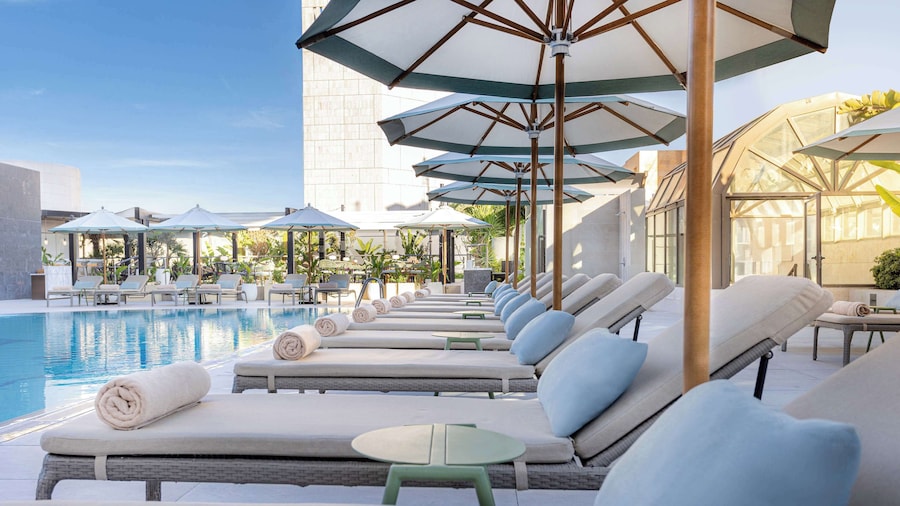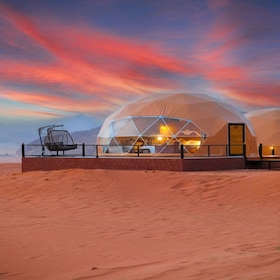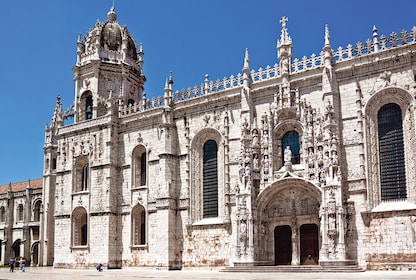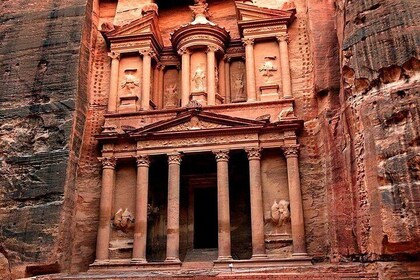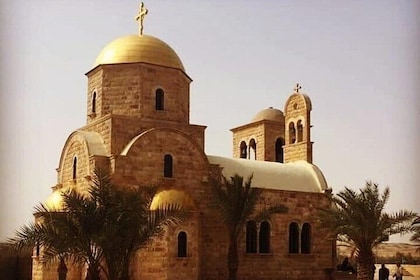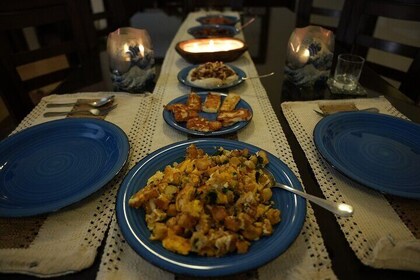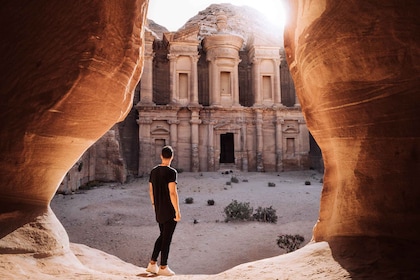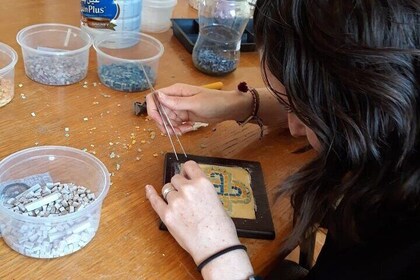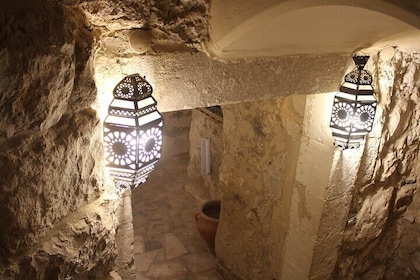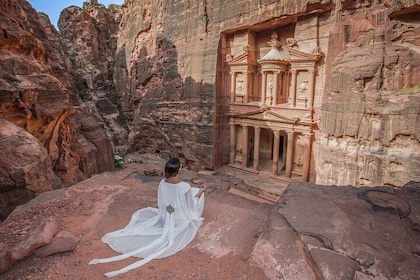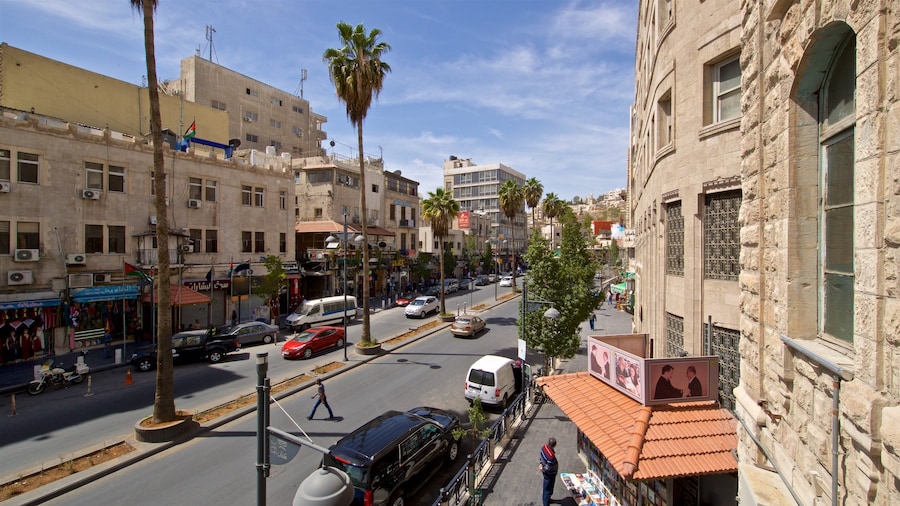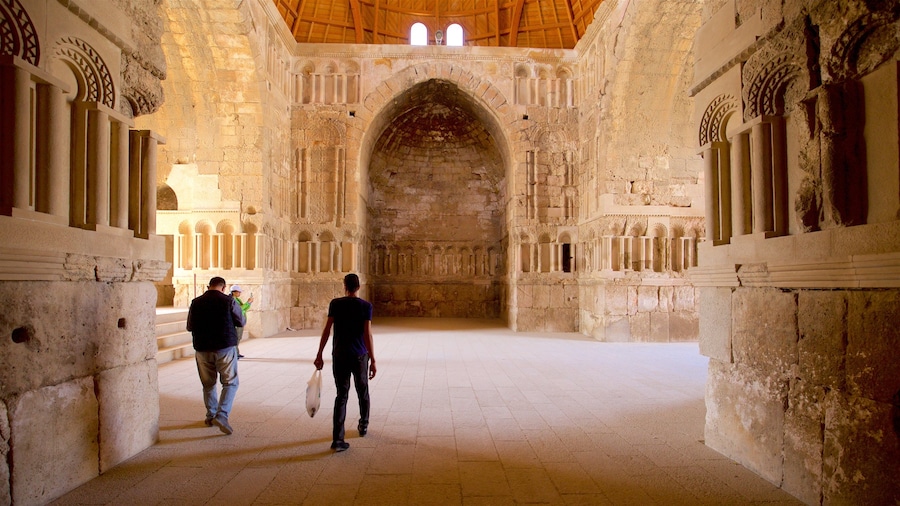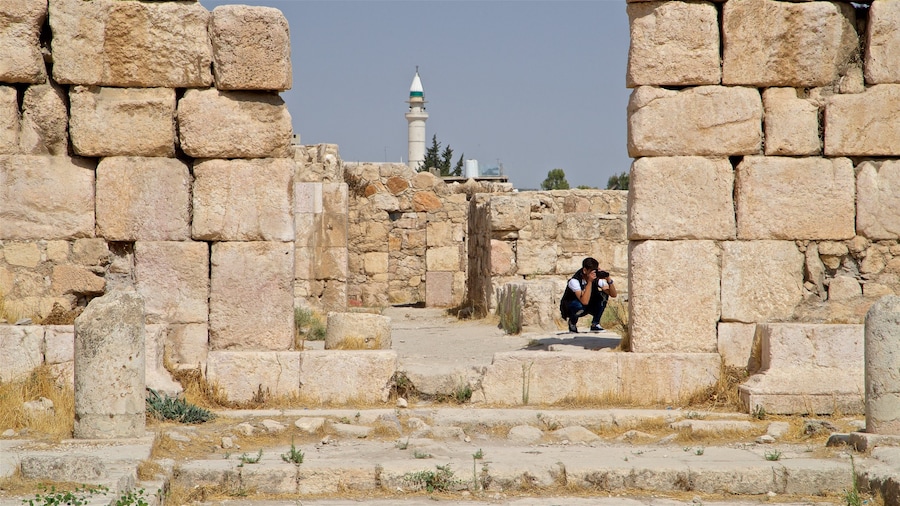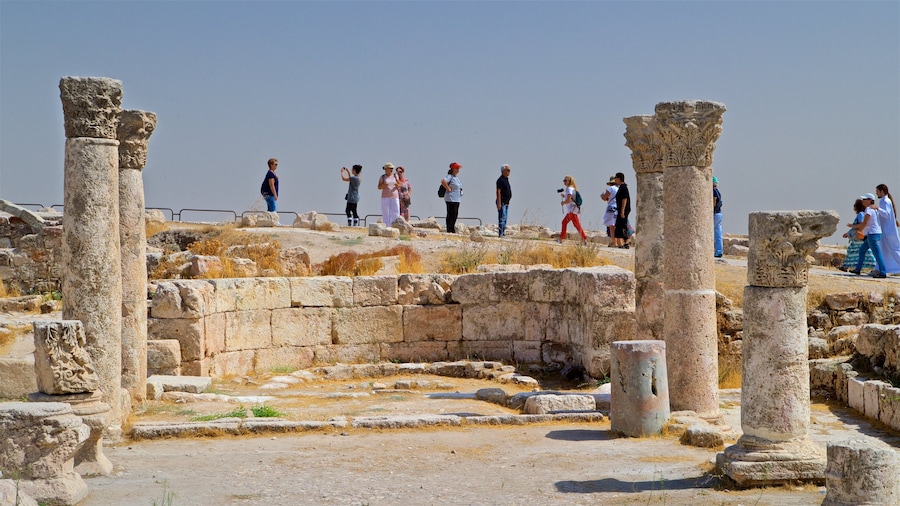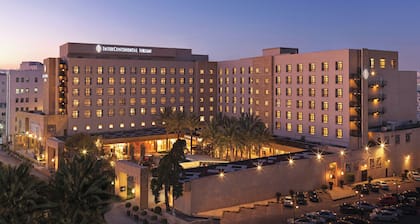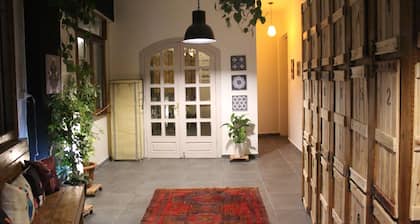Step inside one of the six renovated historic buildings that make up Darat al Funun and you’ll be surrounded by artwork from many of the modern Arab world’s artistic masters. Get involved by taking a class at this unique community space. Alternatively, simply walk around and appreciate the stunning views from the café, the architectural detail of the buildings and the displays of art found inside.
It was 1993 when the main building in Darat al Funun was first opened. The idea came from local community leaders and artists, who wanted to provide a gathering space for Arab artists, as well as offering a new way for them to show off their work. In the beginning, the building included an art library, venues for performing and a permanent art exhibition.
Today, Darat al Funun encompasses five more buildings, both newly restored ones and those including archaeological remains. After you explore the collections in the main building, head back near the entrance of the complex to find the ruins of a Byzantine church dating back to the6th century.
Later, continue on to the Blue House, which dates back to the 1920s. Known for its bright blue trellis out front covered in hanging plants, this building holds more exhibition spaces, as well as a café in the garden looking out onto a beautiful fountain.
Nestled in the back of the complex, the Beit al Beiruti is the most recently restored exhibition space and dates back to the 1930s. Head here to see the detailed arches and wander the halls of the home that used to belong to Queen Zein, mother of King Hussein.
Darat al Funun is to the north of the downtown area. For the easiest access, make your way to the complex on foot and pay attention to find the entrance gate as there is no English sign. Visit from Saturday to Thursday and keep in mind that the buildings are closed during Jordan’s public holidays as well as throughout August.

